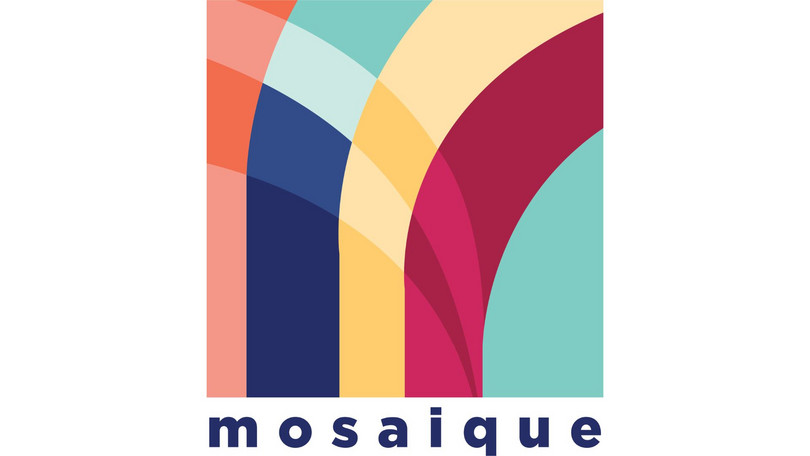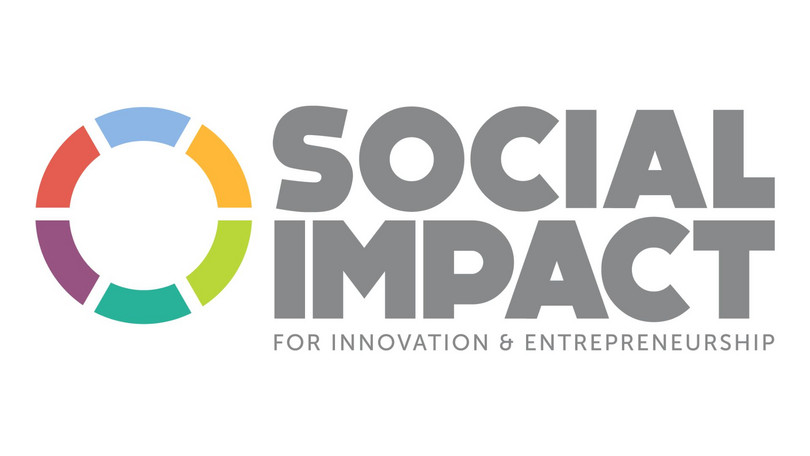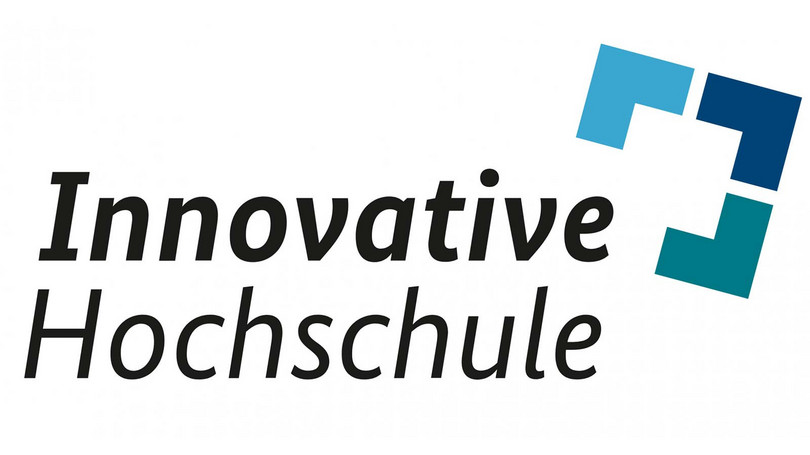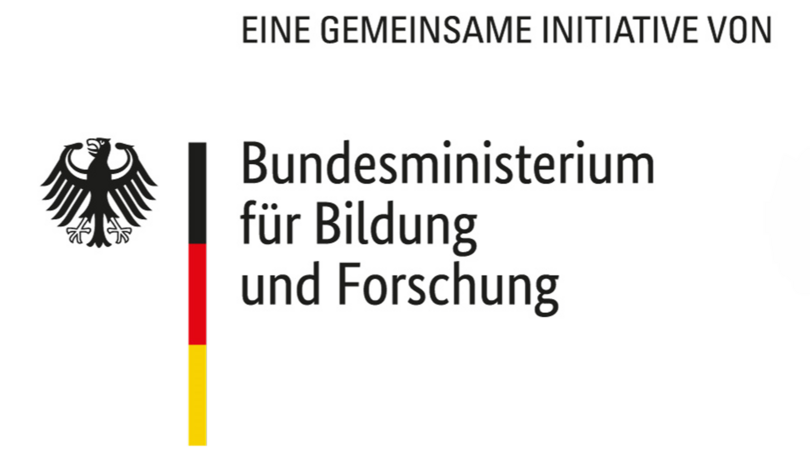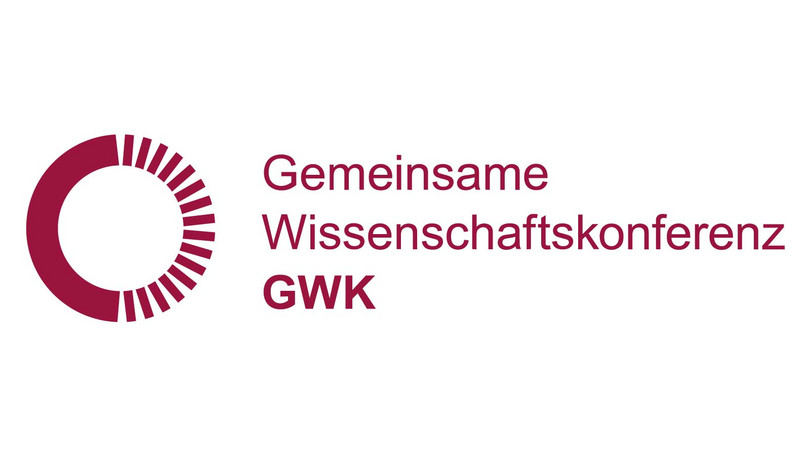Innovation for Social Transformation
The Goal
The aim of the Leuphana Social Innovation Community is to identify, generate, scale and diffuse social innovations in the Lüneburg region and the Hamburg metropolitan region through the systematic networking and collaboration of innovators, political decision-makers, established companies and civil society. In this context, social innovations are understood to be innovations in products, processes, or forms of organizing that are developed to solve social challenges.
The Challenge
Climate crisis and social division. Wars and poverty. Welcome to the age of the polycrisis - a time when the world as we know it is threatened by multiple systemic risks. We live in a time in which the social challenges are so immense that individuals, companies, and individual states can no longer solve them alone, but only together. To achieve this, we need new methods, products, processes, and forms of organizing.
Our Path: Innovate Together
As a community of people committed to change, we provide inspiration and a sense of community, we create spaces for exchange and show development paths in order to take joint action. Whether digital podcast formats or analog community breakfasts, whether creative idea generation formats in small groups or large conferences, whether scaling workshops or co-creations for a courageous future. We strive to innovate together. We aim to actively and effectively shape social transformation processes. Regionally. Nationwide. Internationally. In the digital and analog world. For a future that is good.
Research on Scaling Social Impact
For our research topic "Scaling Social Impact" there is currently a call for theses.
If you would like to write your thesis in this field, you can find more information on the topic here: Thesis topics
The community Social Innovation and Entrepreneurship is part of the project "TrICo - Transformation through Innovation and Cooperation in Communities". The project on which this report is based was funded by the German Federal Ministry of Education and Research under grant number 03IHS284A. The author is responsible for the content of this publication.


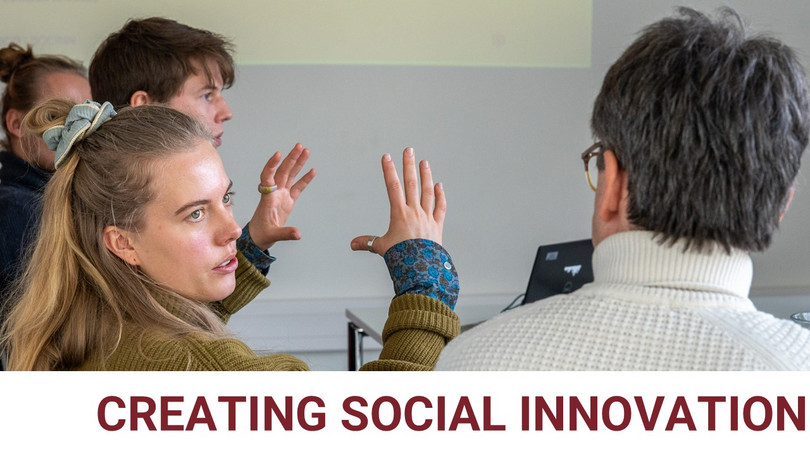
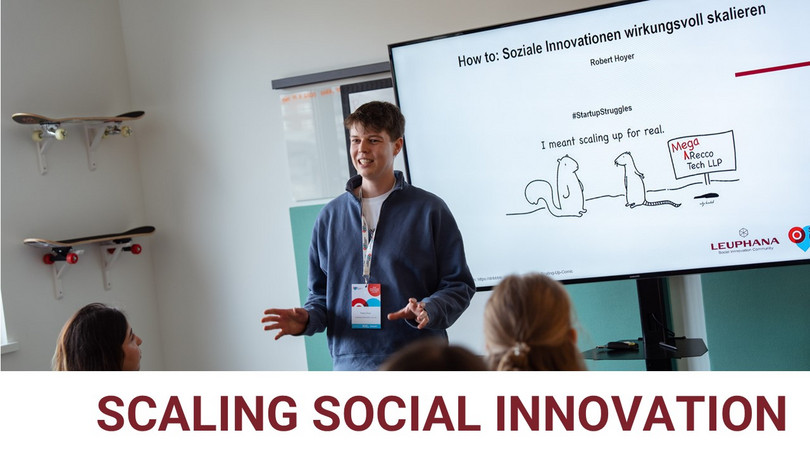
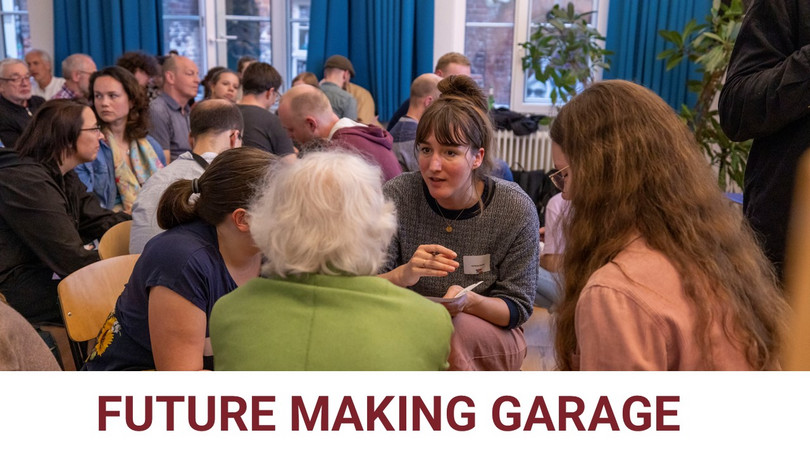
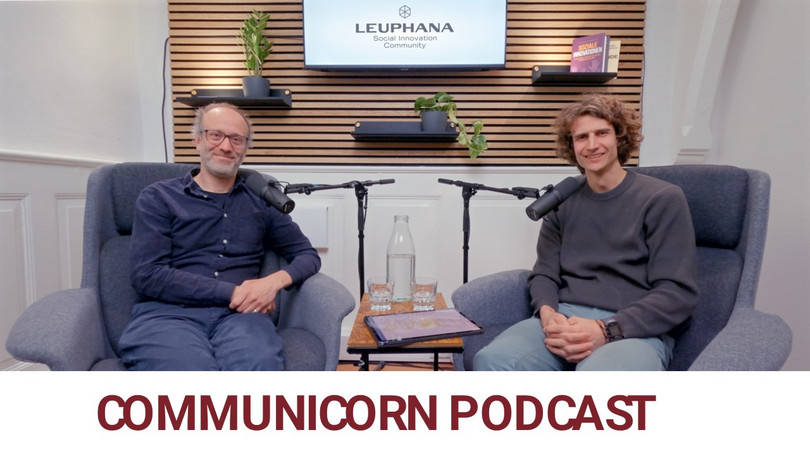
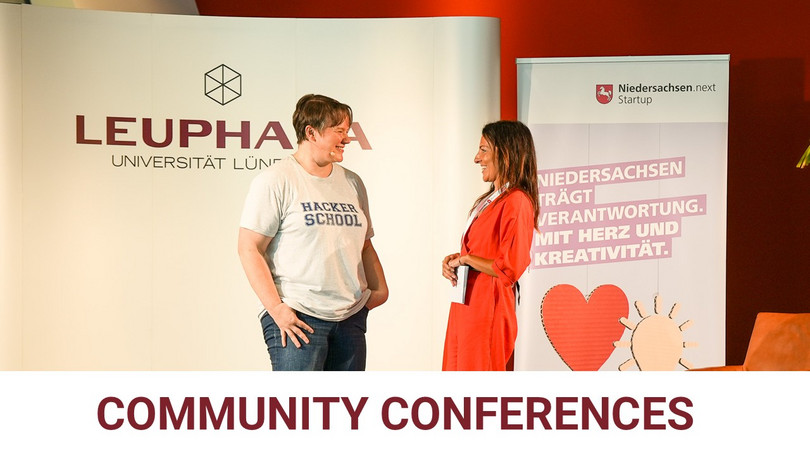
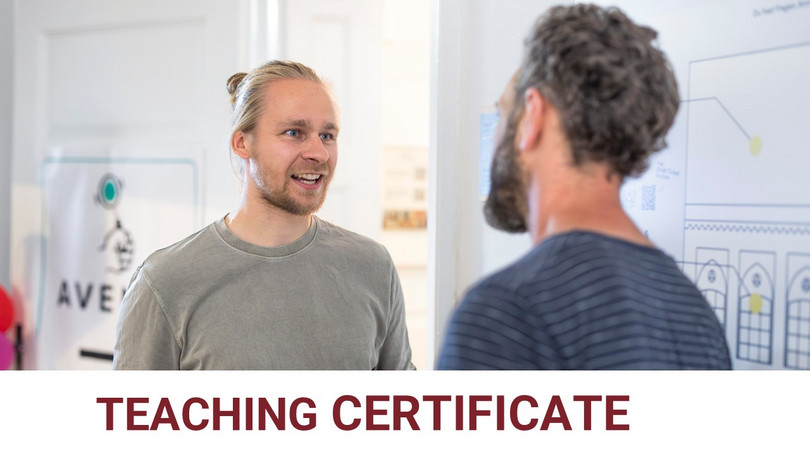
![[Translate to Englisch:]](/fileadmin/_processed_/e/b/csm_bild-012-09897_51a31ff9e1.jpg)
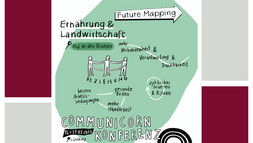
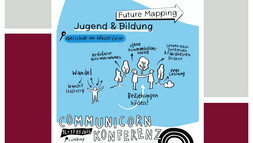
![[Translate to Englisch:]](/fileadmin/_processed_/d/8/csm_Kachel_Kommunale_Verwaltung_2_fccfa13c87.jpg)
![[Translate to Englisch:] Skalierungsworkshop 2025](/fileadmin/_processed_/b/9/csm_20251009_Utopia_Skalierungsworkshop_bearbeitet_LK_79b709b65c.jpg)
![[Translate to Englisch:]](/fileadmin/_processed_/5/7/csm_25-09-17_TV3_Communicorn_Conference__c__Leuphana_6N1A2431crop_a0903bbee3.jpg)
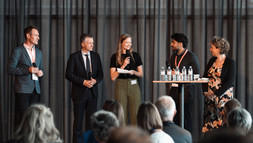
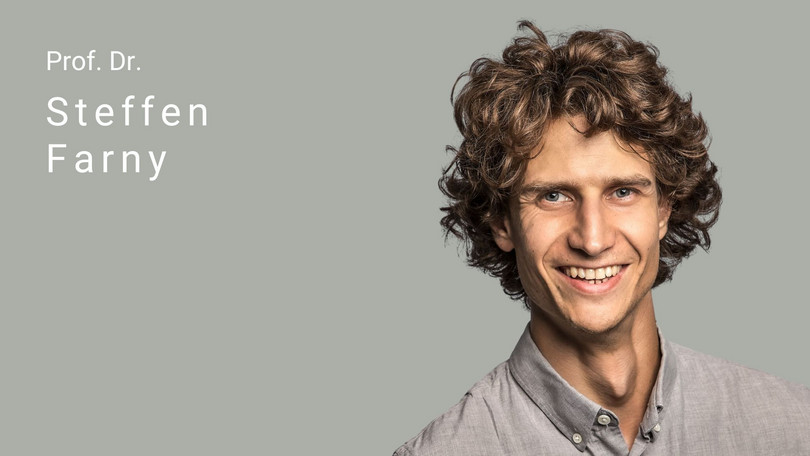
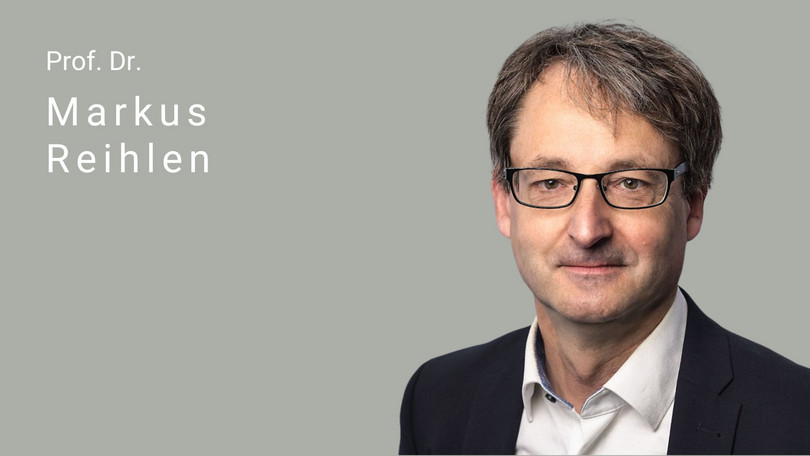
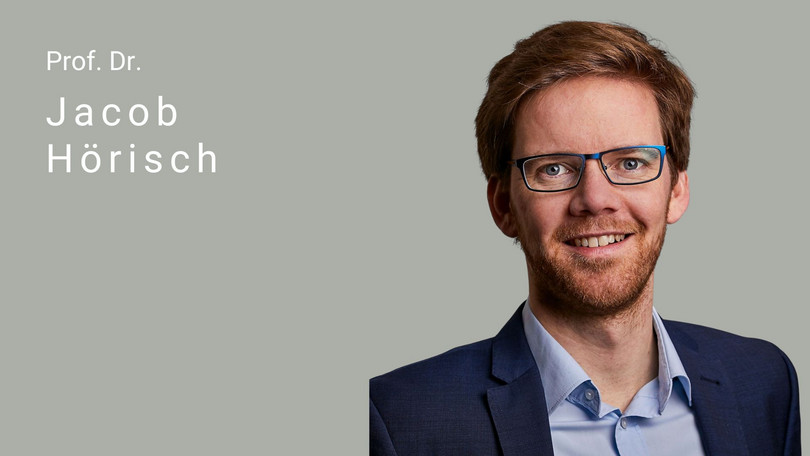
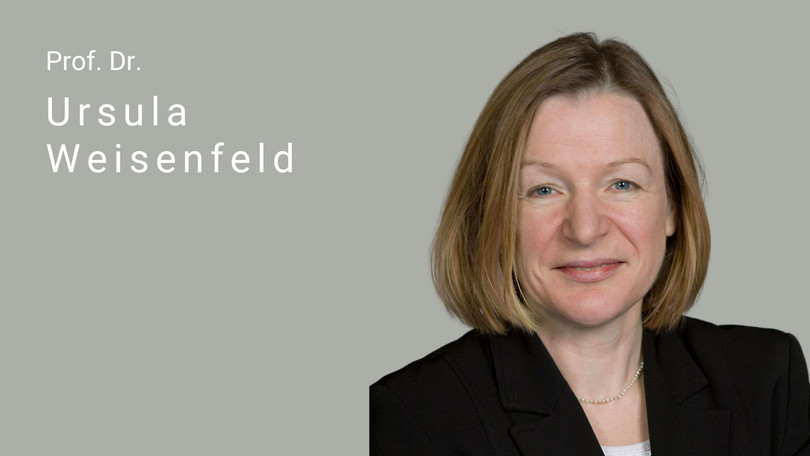
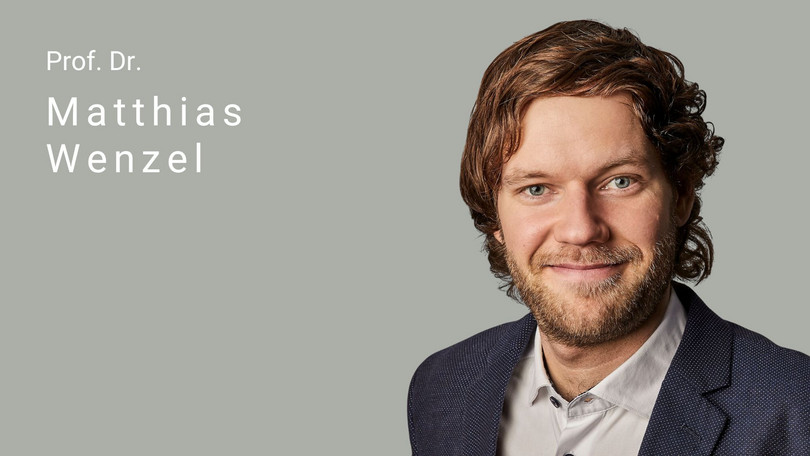
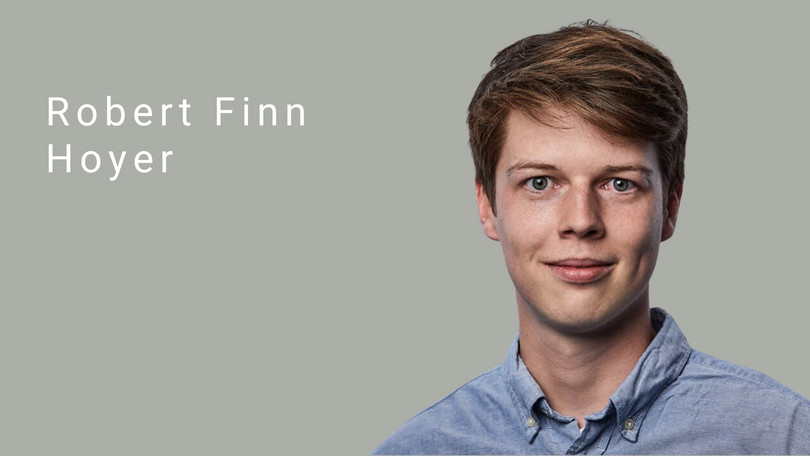
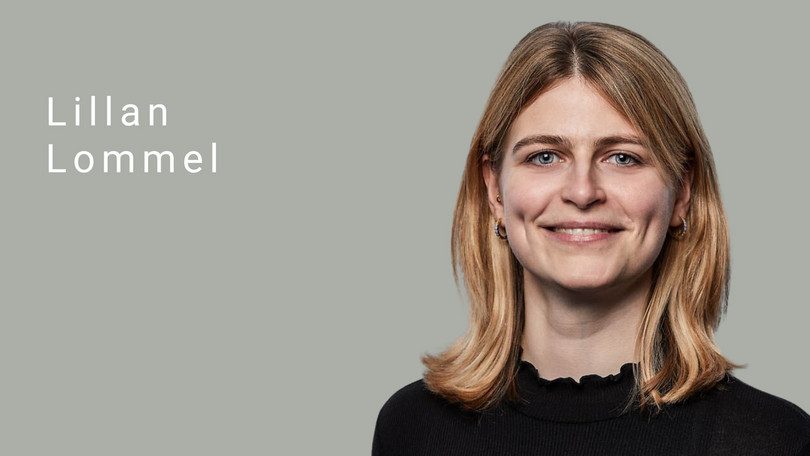
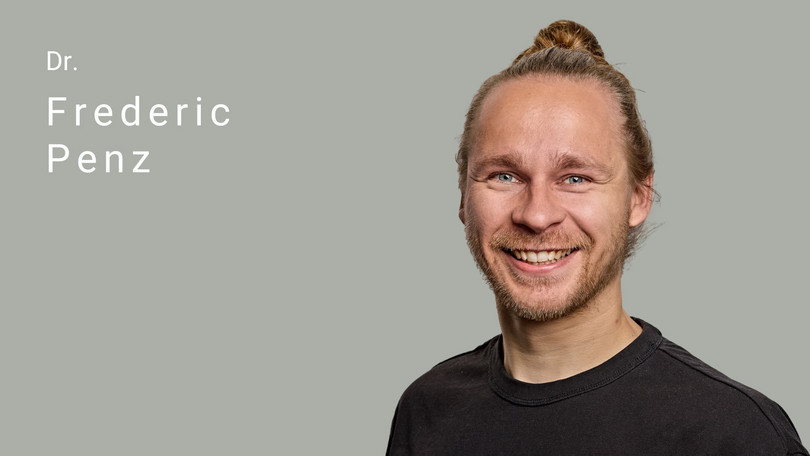
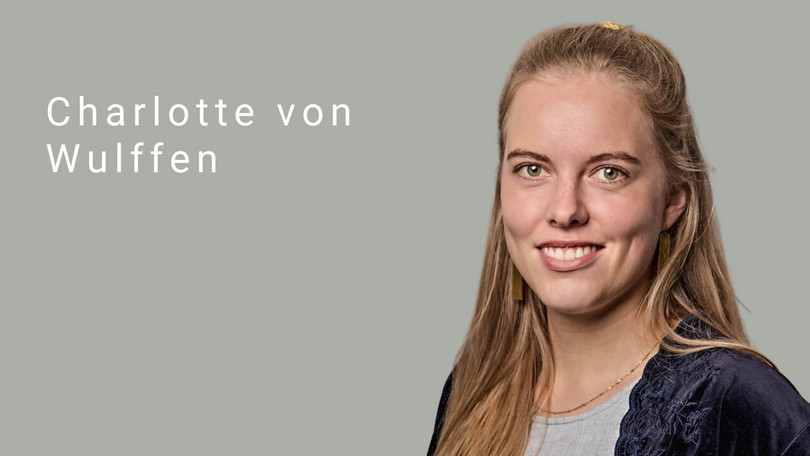
![[Translate to Englisch:] Kontakt: kerstin@utopia-lueneburg.de](/fileadmin/_processed_/7/4/csm_TV3_Portrait_BlumbergKerstin_b7679a8a41.jpg)
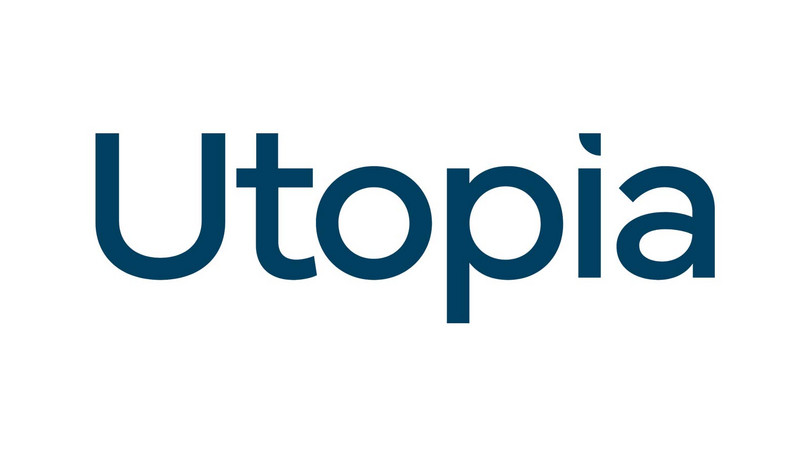
![[Translate to Englisch:] Impact Hub Hamburg](/fileadmin/_processed_/3/6/csm_Impact_Hub_Hamburg_Logo_16x9_76058c88bb.jpg)
